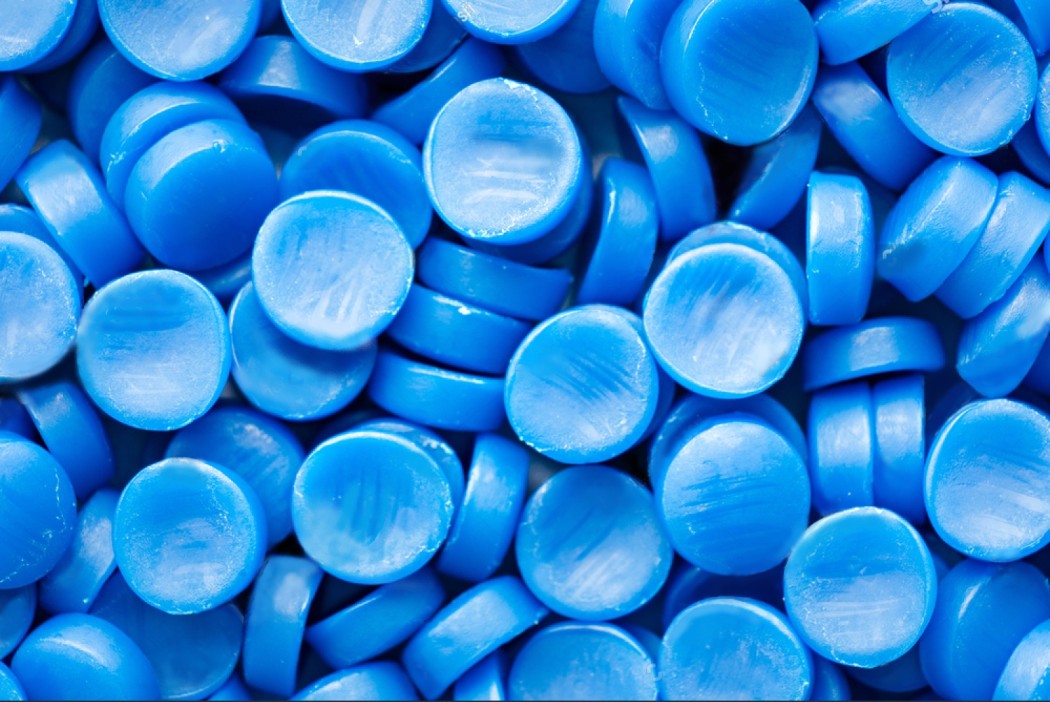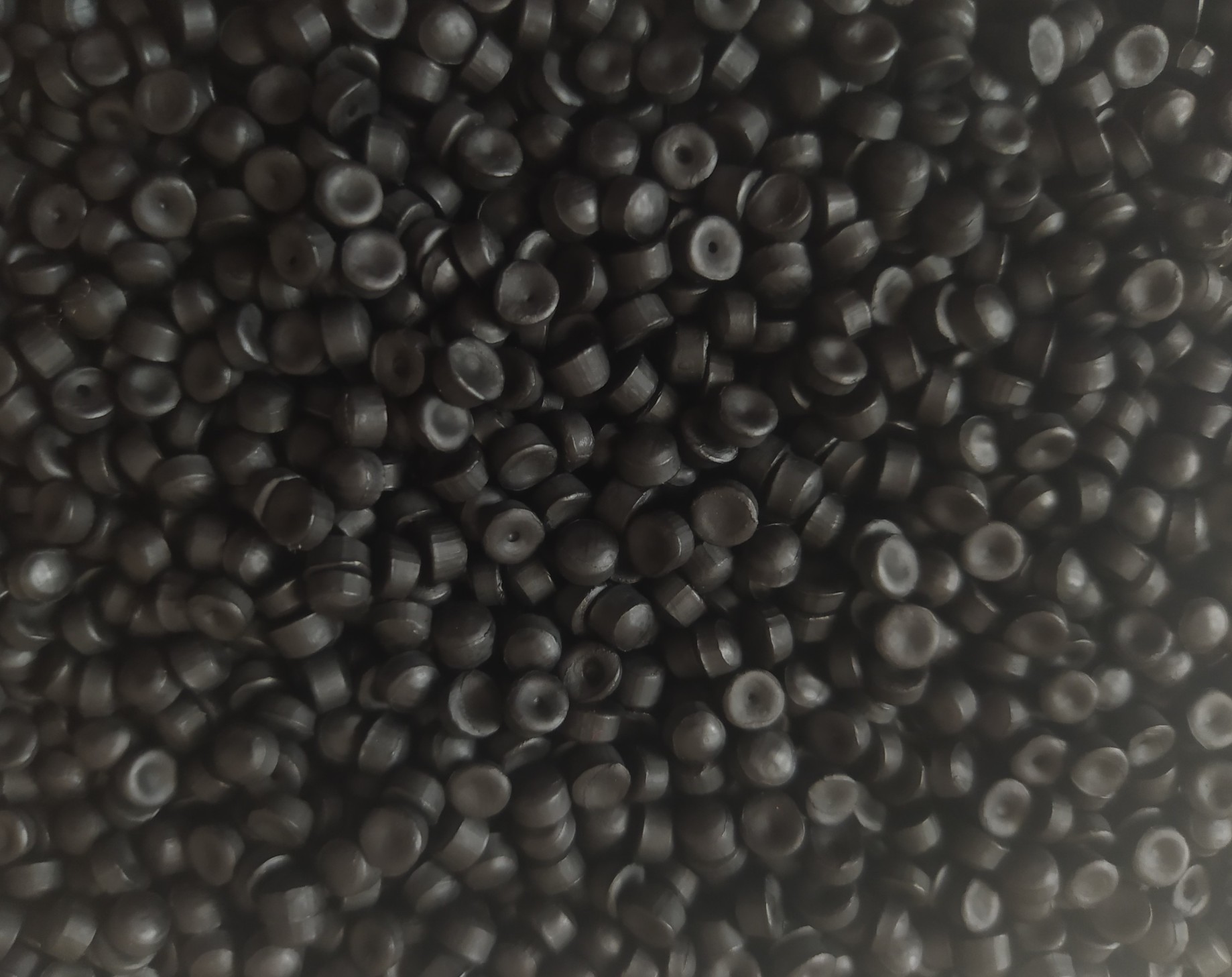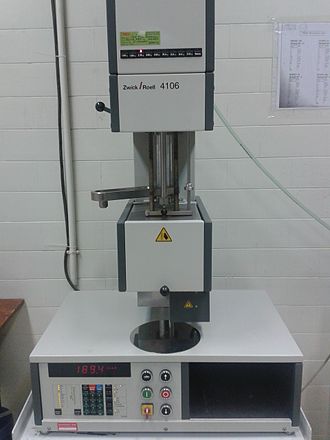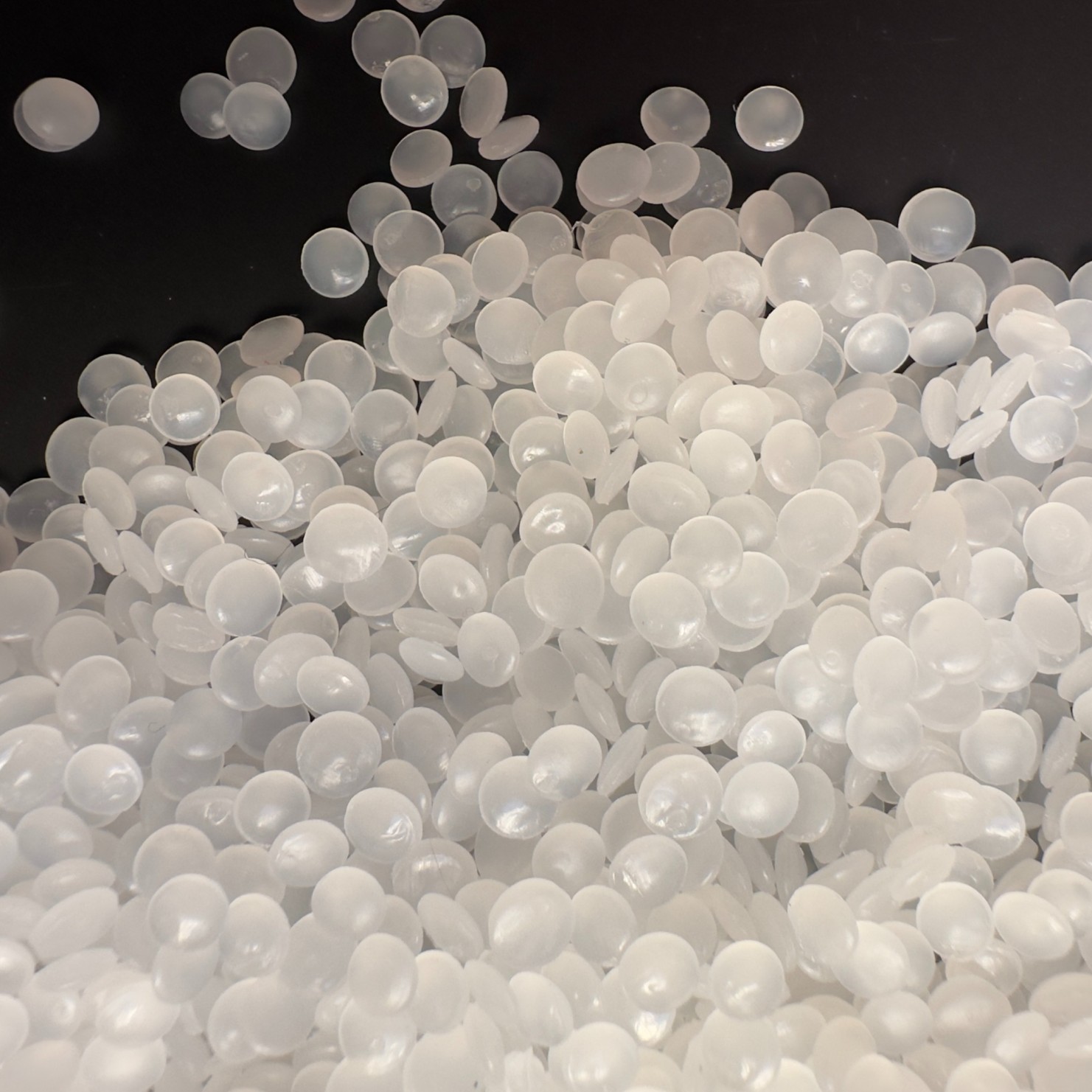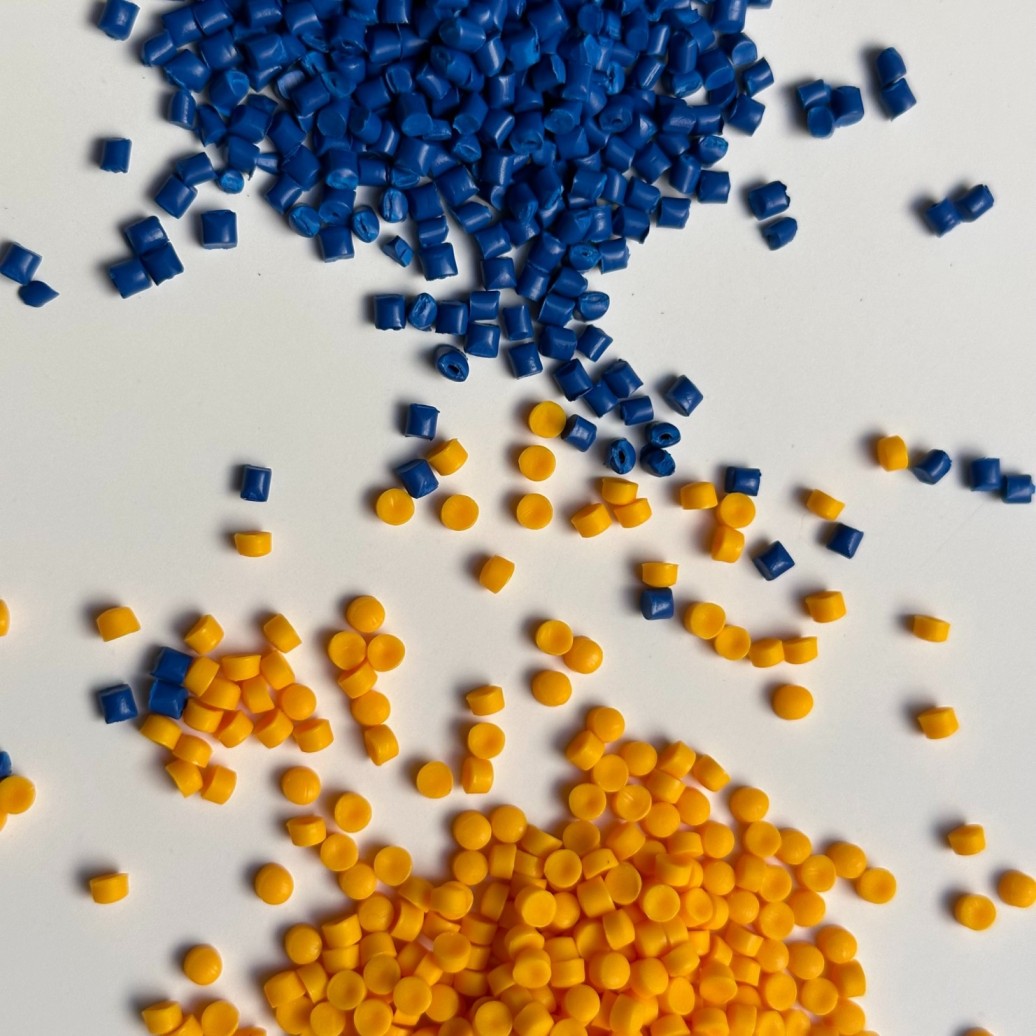
HDPE (High-Density Polyethylene) Granules
HDPE is a type of polyethylene with a linear structure and high density. It has higher abrasion and tear resistance, as well as higher tensile and shear strength, compared to LDPE
HDPE’s polymer chains are tightly packed together during crystallization, making it dense and resilient. It is a clean and sustainable material, creating no harmful emissions and leaking no toxic chemicals into the soil or water
HDPE is labeled as plastic #2 for recycling purposes and is widely used in various applications, such as plastic pipes, packaging, and manufacturing
Some advantages of HDPE include sustainability, resistance, flexibility, and food safety,
while its disadvantages include bonding difficulty, stress cracking sensitivity, non-flammability, and poor weather resistance
LDPE (Low-Density Polyethylene) Granules
LDPE is a branched version of polyethylene, meaning its molecules are more loosely packed and it has a lower density than HDPE
The main factors that differentiate HDPE and LDPE granules
the main factors that differentiate HDPE and LDPE granules are their molecular structure, density, crystallinity, and mechanical properties
HDPE has a more linear arrangement of molecules, greater stiffness, higher crystallinity, and lower permeability, while LDPE has a more branched structure, greater flexibility, lower crystallinity, and higher permeability
The Uses of HDPE Granules
HDPE (High-Density Polyethylene) Granules
The Uses of LDPE Granule
LDPE (Low-Density Polyethylene) Granules
Both HDPE and LDPE granules have their unique properties and applications. Understanding these differences can help you choose the right material for your specific needs
Related Posts
Grades of HDPE and their Applications (part two)
Part Two Different Grades of High Density Polyethylene (HDPE) In the previous article, we briefly…
Melt Flow Index (MFI)
Summery about Melt Flow Index (MFI) If you pay attention to the data sheets provided…
Grades of HDPE and their Applications (part one)
Part One Different Grades of HDPE (High Density Pholy Ethylene) & their Application Part One…
Uses of HDPE and LDPE Granules
What are HDPE and LDPE Granules and The Uses of HDPE and LDPE Granules What…
Light Density Polyethylene (LDPE) & Linear Light Density Polyethylene (LLDPE)
LDPE & LLDPE Light Density Polyethylene & Linear Light Density Polyethylene Their Diffrences As we…


